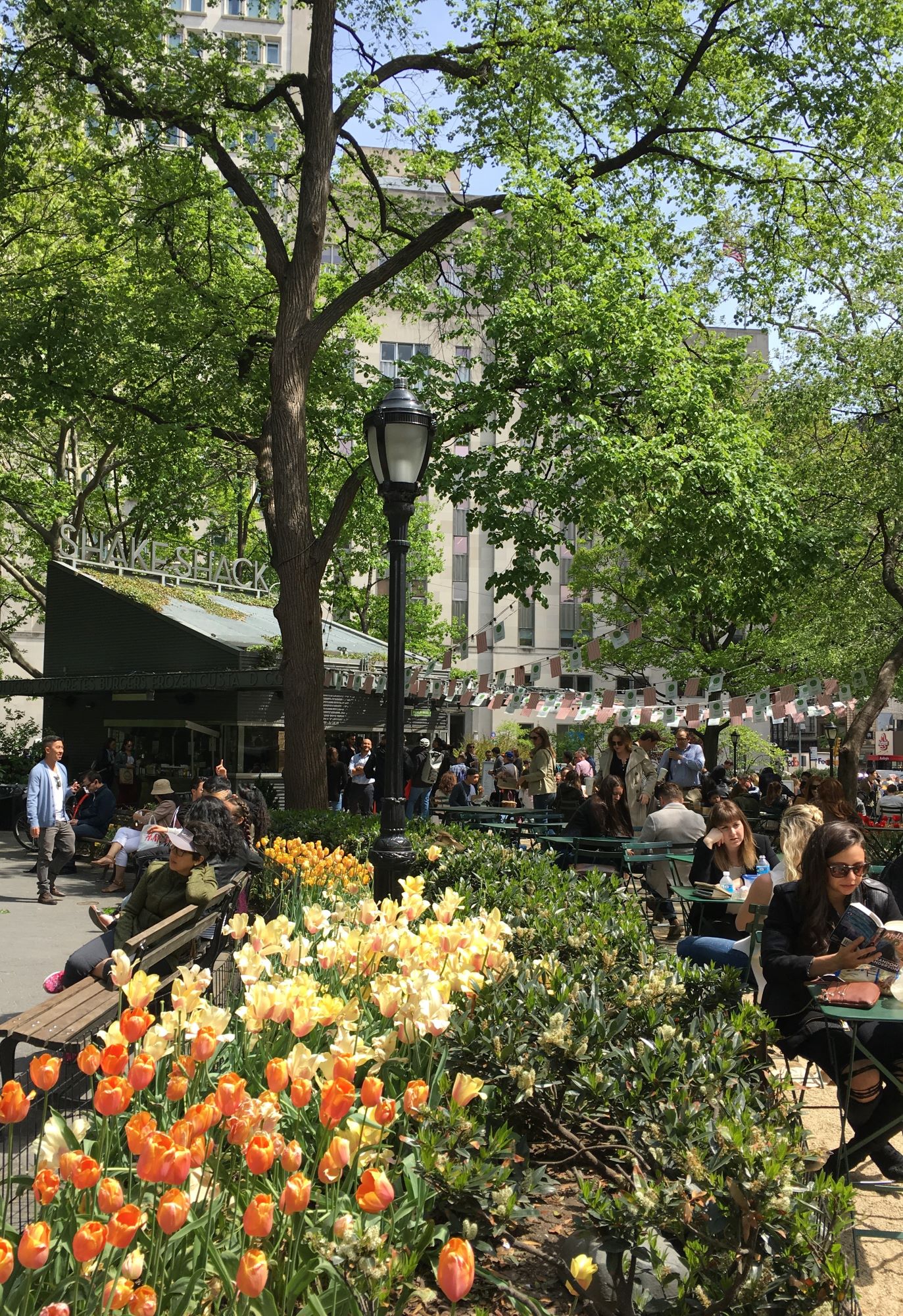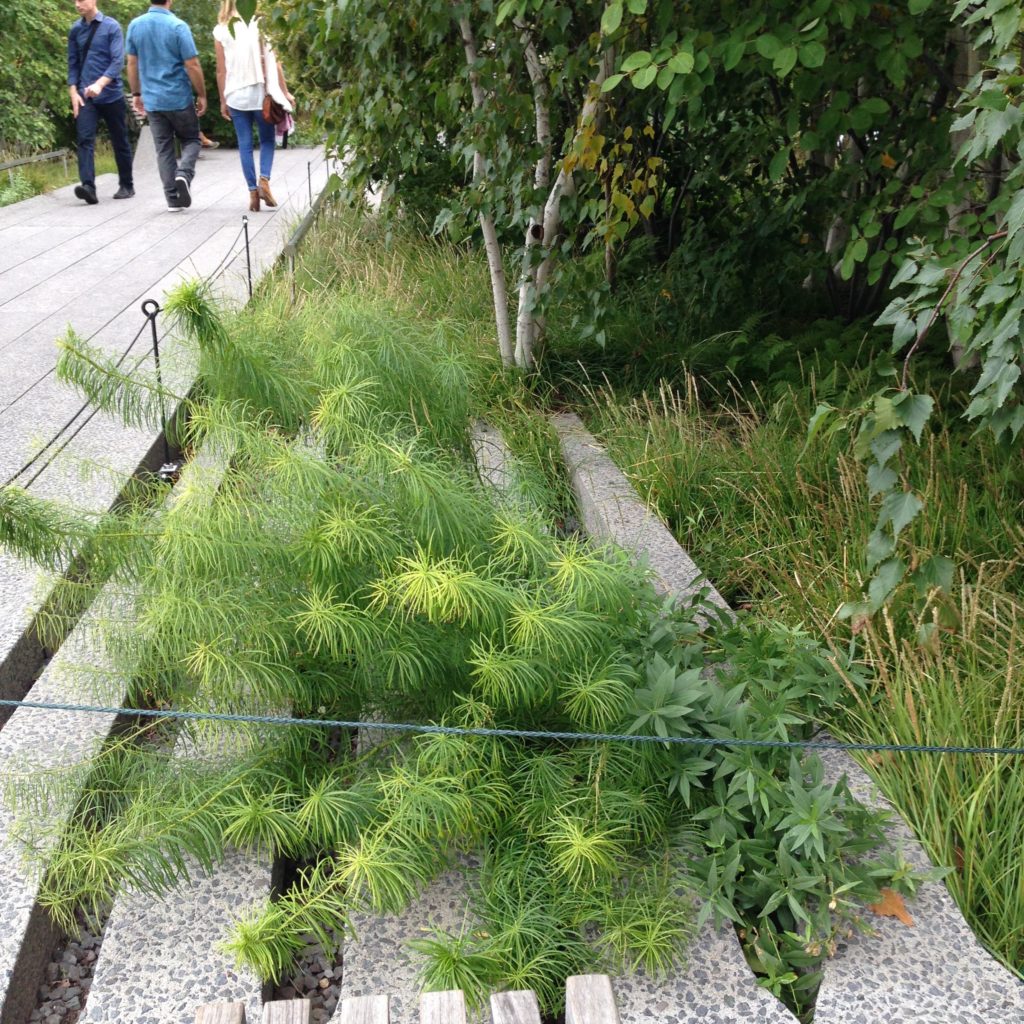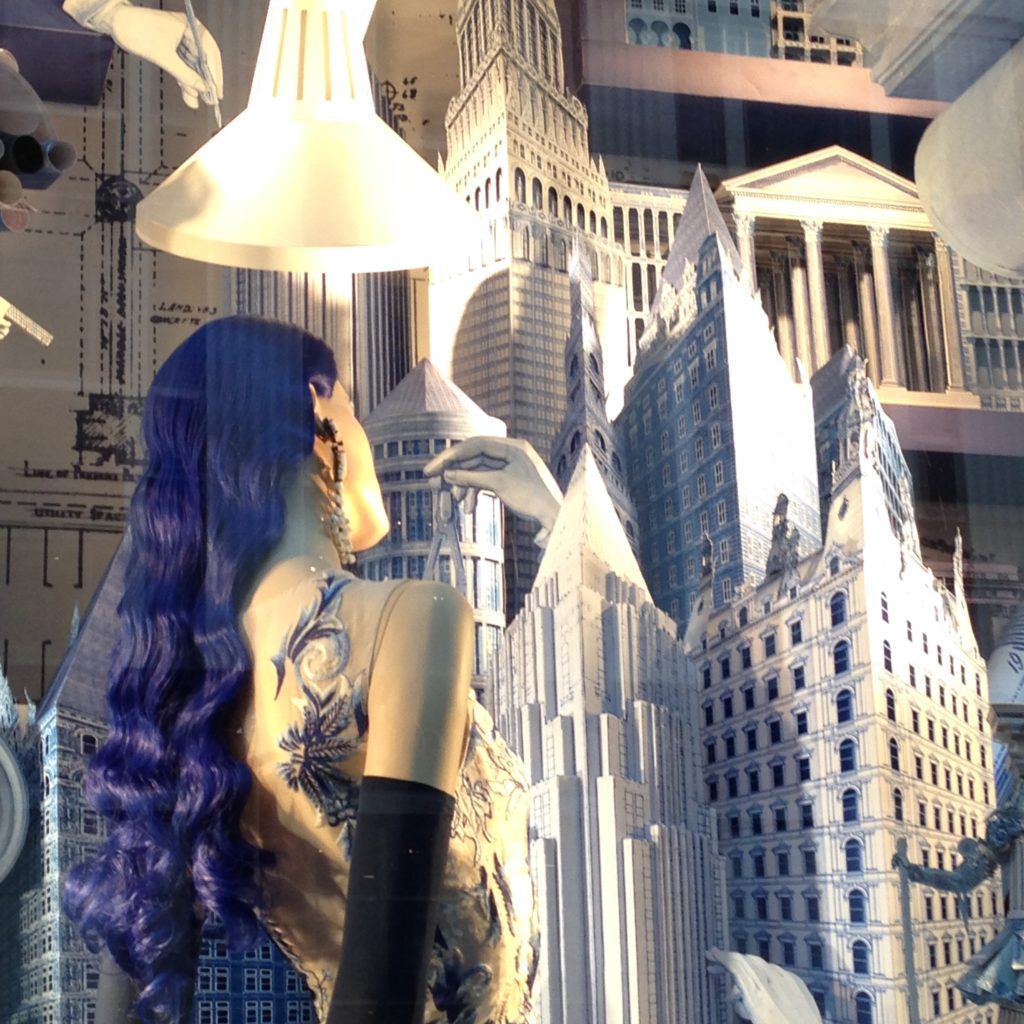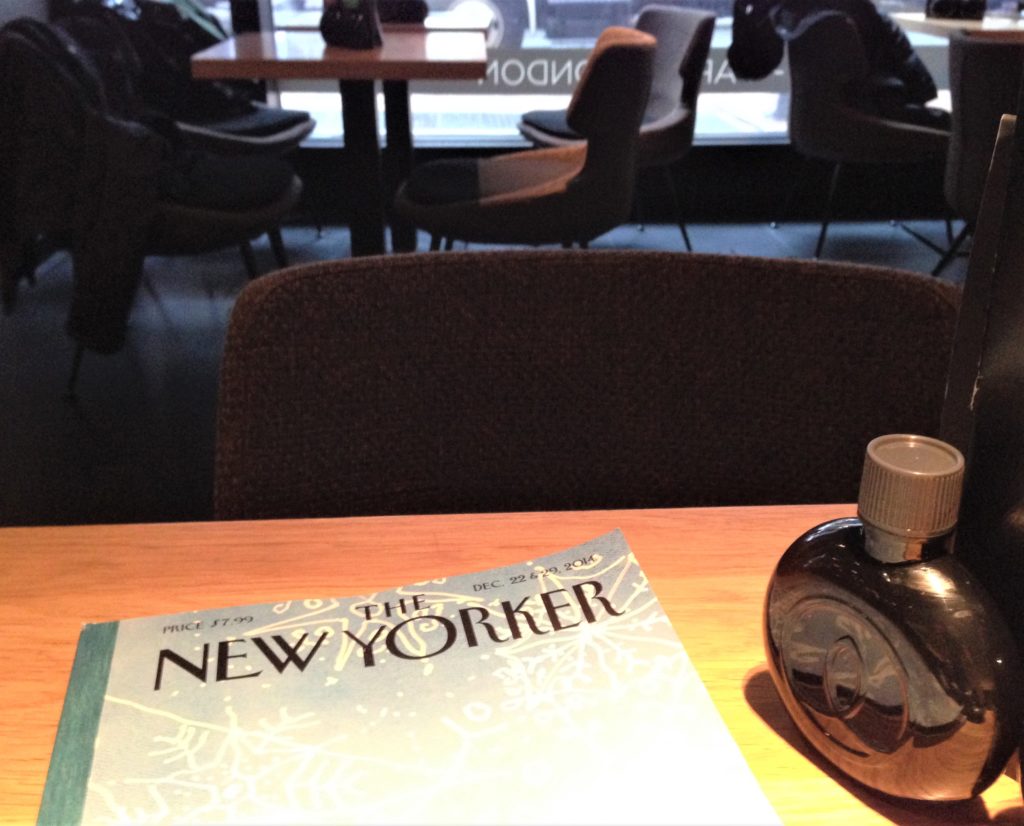It’s good to be back in NoMad, the trending upscale – but not insufferably so – neighborhood south of Midtown and north of Madison Square Park, a six-acre park that has been important to the city’s history since the late 1600s and gives these blocks of Manhattan their name. The “NoMad” neighborhood is home to stunning architecture, upscale boutique hotels and fashionable restaurants with culinary diversity. NoMad has a rep for being pricey, but there is plenty of variety if you do a little digging, and the vibe is generally quite welcoming.
When in Manhattan as a solo traveler, I tend to stay in the neighborhood where I’ll be spending the most time. I’ve become a nomad in NoMad. I can walk conveniently to most everything that I like to do, in all directions, and as a backup have the Lexington Avenue subway line for north-south travel on the east side. Cabs and car services picking up and delivering in NoMad have many options for cutting across town to Penn Station, Lincoln Center and Central Park.
Officially NoMad is bordered by East 25th Street to the south, East 29th or 30th Street to the north, Sixth Avenue to the west and Madison or Lexington Avenue to the east. I noticed some of the marketing for the neighborhood refers instead to the Flatiron District, perhaps since that well-known historical landmark is visibly dominant on its southern border.
Charming Hotels and Streetscapes
I arrived by train at Penn Station in the new Daniel Patrick Moynihan Train Hall, the stunning addition that nearly doubles the mammoth train station and opened during the pandemic. Taxis over to NoMad are easy – usually not more than 20 minutes across town.
My room at the Hotel Giraffe (365 Park Avenue South at 26th Street) was bright and spacious by NYC hotel standards, with a larger than usual contemporary bathroom, long desk for work and plenty of built-in storage areas. I’ve been a fan of the Library Collection hotels since staying at The Library Hotel farther north on Madison Avenue in Midtown between Grand Central Station and the New York City Library. Their charm, distinctive personalities and personable service deliver warm that is both cozy and calm. In the Giraffe, the ground floor lobby has roomy seating with sofas and tables/chairs and is relatively uncrowded for guests’ breakfast (which comes with the room) and all-day light snacks and tea/coffee service. You can actually read there without that the clatter and busy-ness that most hotel lobbies bring. There is no restaurant, but there are plenty within steps out the front door. So I’ve decided this hotel will become my replacement for The Roger, which, only a few blocks away, sadly closed during the pandemic.
East 26th crosses along the north side of Madison Square Park, and is a few blocks from an enormous new Whole Foods Market, whose arrival definitely confirms the neighborhood as “trending.” Below the park, after the popular Shake Shack’s outdoor location, is 23rd Street and the Flatiron District.
Restaurants in NoMad are competitive with each other for top quality and distinctive experiences, from seasonal farm-to-table to all versions of ethnic. Its busy but uncrowded sidewalks make way for range of people from young families and professionals to energetic seniors. I’ve walked from Penn Station to my NoMad hotels, roller bag in tow, and to the Theater District up Broadway; strolled past Madison Square Park en route to Gramercy Park and Union Square to hear music or browse the Farmers Market. Once, when the ice and snow made it nearly impossible to grab a cab, I was able to trek across town from the West Village for an important rendezvous on the east side of Madison Square Park; having that option to go on foot was a huge relief!
Museums, Old and New – the Met and Fotografiska
It was so bitterly cold this trip that about my only options for entertainment during the day were reading in the hotel (nah!), shopping (nah!) or museums (yes!). I eagerly hailed a taxi up to the Metropolitan Museum of Art (at Fifth Avenue and 82nd Street) to chill – should I say, stay warm – for the afternoon, rather than fighting the bracing winds outside. Fares were up slightly since my last visit, and I paid about $25 each way with tip; that said, the 15-20 minute ride door to door was stress-free and secure.
Incidentally, my timing was perfect for absorbing unhurriedly three fascinating special exhibitions that will end this summer, and I still had time to explore for the first time the new Modern and Contemporary Art Wing facing Central Park. “The Harlem Renaissance and Transatlantic Modernism” (through July 28) is both fascinating and illuminating in the way it demonstrates how black artists portrayed everyday life in the 1920s-1940s through 160 works of painting, sculpture, photography, film and ephemera. “The Art of the Literary Poster: Works from the Leonard A. Lauder Collection” (through June 11) educates how the literary poster of the 1890s, sophisticated placards used to advertise magazines and other literature, had a lasting impact on illustration, graphic design and marketing in the U.S. “Don’t Forget to Call Your Mother” (through September 15) uses photography to express nostalgia, sentimentality and intergenerational relationships – often in quirky ways.
The new Modern and Contemporary Art wing is spellbinding, in its architecture and light, stunning artworks and views of Central Park South and the looming skyscrapers that are soaring to never-before heights in Manhattan. I stood for quite a while in front of Andy Warhol’s “Nine Jackies” haunted by her iconic portrait repeated across a nine-section grid in blue tones. In a series of artworks, Warhol collected newspaper photographs of Jackie Kennedy following President John F. Kennedy’s assassination on Nov. 22, 1963, and had them silkscreened. These images from are particularly eerie as they portray her bright smiling face under her iconic pink pill box hat moments before he was fatally shot.
The next morning I bundled up and walked south across Madison Square Park to the Gramercy area. I discovered Fotografiska New York, a branch of the Swedish photography museum which opened right before the pandemic, then closed and eventually reopened. The museum occupies the former Church Missions House, a dramatic six-story, 45,000-square-foot Renaissance Revival historical landmark on Park Avenue South between 23rd and 22nd streets. Fotografiska’s goal is to “inspire new perspectives for a more conscious world through the power of photography, art and culture.” I found the immersive photography experiences on each floor quite moving, and their modernity sharpened against the original structure’s architectural innovations, such as cast-iron steel and terra cotta. The best view of the “bones” of the building are from the sixth-floor multipurpose space, with its exposed iron beams against a vaulted ceiling and brick walls.
I moved through strange and absorbing artistic concept in three exhibitions, “Phases” (photography of Daniel Arsham and his focus on the juxtaposition of natural and urban environments, until June 13), “Human/Nature” (photos, immersive video illustrations and sculptures reflecting the complex nature between Earth and people, until May 19) and perhaps the most eerie of all, “Futuristic Ancestry: Warping Matter & Space-time(s)” and – to my esthetic – haunting, often transparent, biomorphic sci-fi-like creatures in multi colors and dimensions. In contrast to the quiet reflection generated by these exhibitions, the lively lobby coffee shop (with light fare) and library combined for a popular, animated community gathering place.
Dining in NoMad
This is a tough call because the choices are so yummy, but timing and availability made my decisions for me.
Arriving late afternoon on a Wednesday, I walked up the street to Sarabeth’s Park Avenue South, where happy hour until 7 p.m. with a live jazz band brought delicious warmth. Sitting at the bar, toward the end out of the way – my favorite seat as a solo diner – I chose six raw oysters with a brisk mignonette sauce at a happy hour price of $2 each, and boosted those into a full meal (with a to-go box in fact) with a salad of ruby red beets, burrata and pistachio crumble, raspberries, baby watercress and balsamic vinegar and a dish of homemade meatballs in pomodoro sauce. (Sarabeth’s has other locations in Manhattan, including in the Upper West Side on Amsterdam Avenue.)
The next evening, I returned to Little Beet Table, a longtime favorite (333 Park Avenue South), a small cozy neighborhood restaurant with bold seasonal “vegetarian-forward” farm-to-table freshness and inventiveness. Sitting in the window watching the busy sidewalk scene, I enjoyed immensely my selections of watercress guacamole, a mushroom and black bean burger and a side of roasted baby carrots. The sugars in the carrots burst through and the burger, decked with pickled onions, tomato, sprouts, avocado and chipotle aioli was vibrant with flavor.
If a fancy dinner were called for, I would have booked Scarpetta, the gourmet Italian resto now in The James Hotel and whose sophisticated scene and locally sourced ingredients I’ve described in a previous post, when it was located in the Meatpacking District.
Also within walking distance of the hotel were other favorites – Eataly (the Italian Market and eatery on Fifth Avenue and Madison Square Park), Gramercy Tavern and Union Square Café – two of Danny Meyer’s signature restaurants (along with the Shake Shack). And on my list for the next time, based on New Yorker Reviews, are Little Mad (110 Madison Ave., Korean presented with experimentation and reinvention, according to the reviewer) and Bjork Café & Bistro (58 Park Ave.), a café in the lobby of the Nordic cultural center Scandinavia House, said to produce “best of” examples of Norwegian, Swedish and Danish cuisine and illustrating the “hygge” of Danish homey coziness. Undoubtedly I’ll eat there soon after my trip to Norway this summer!




